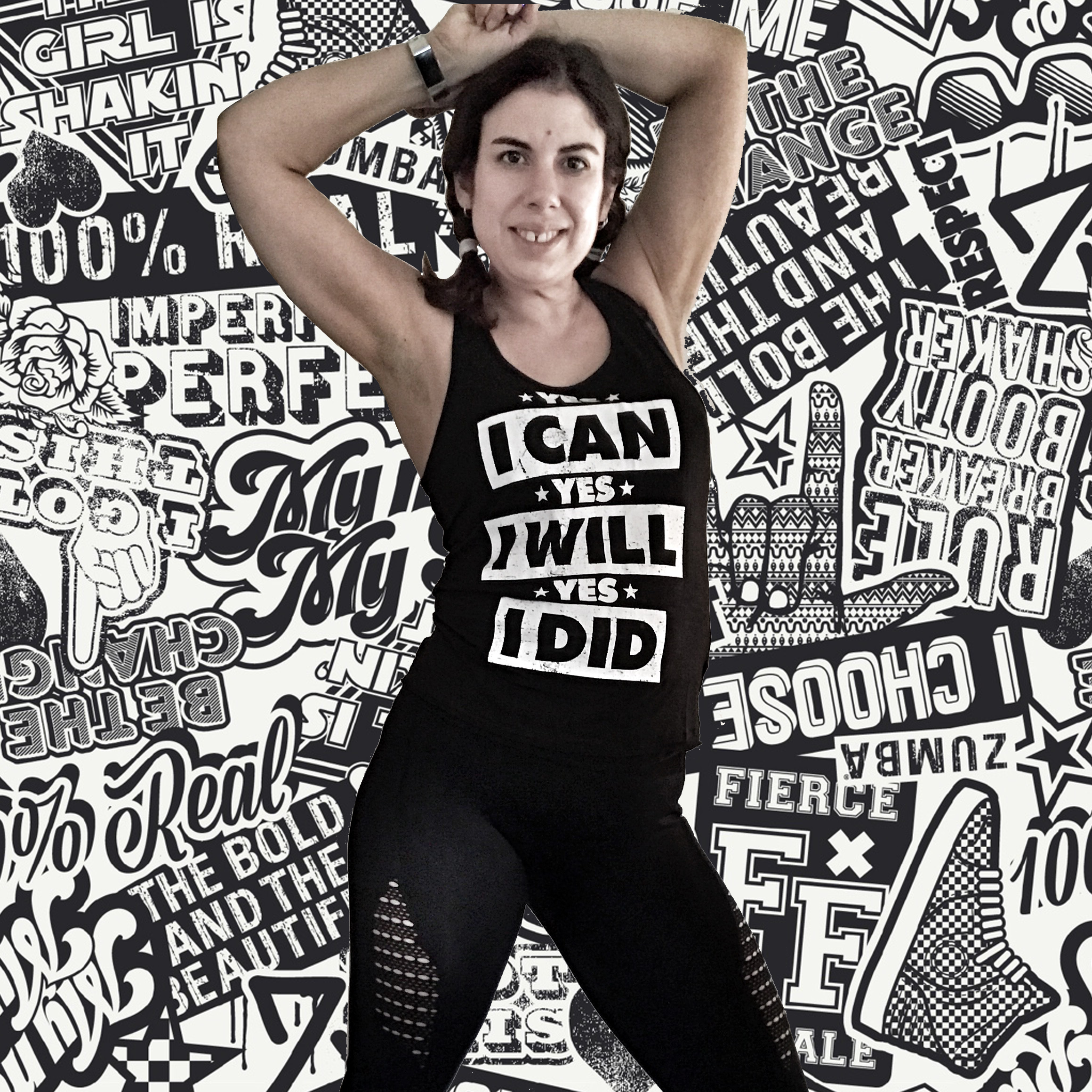
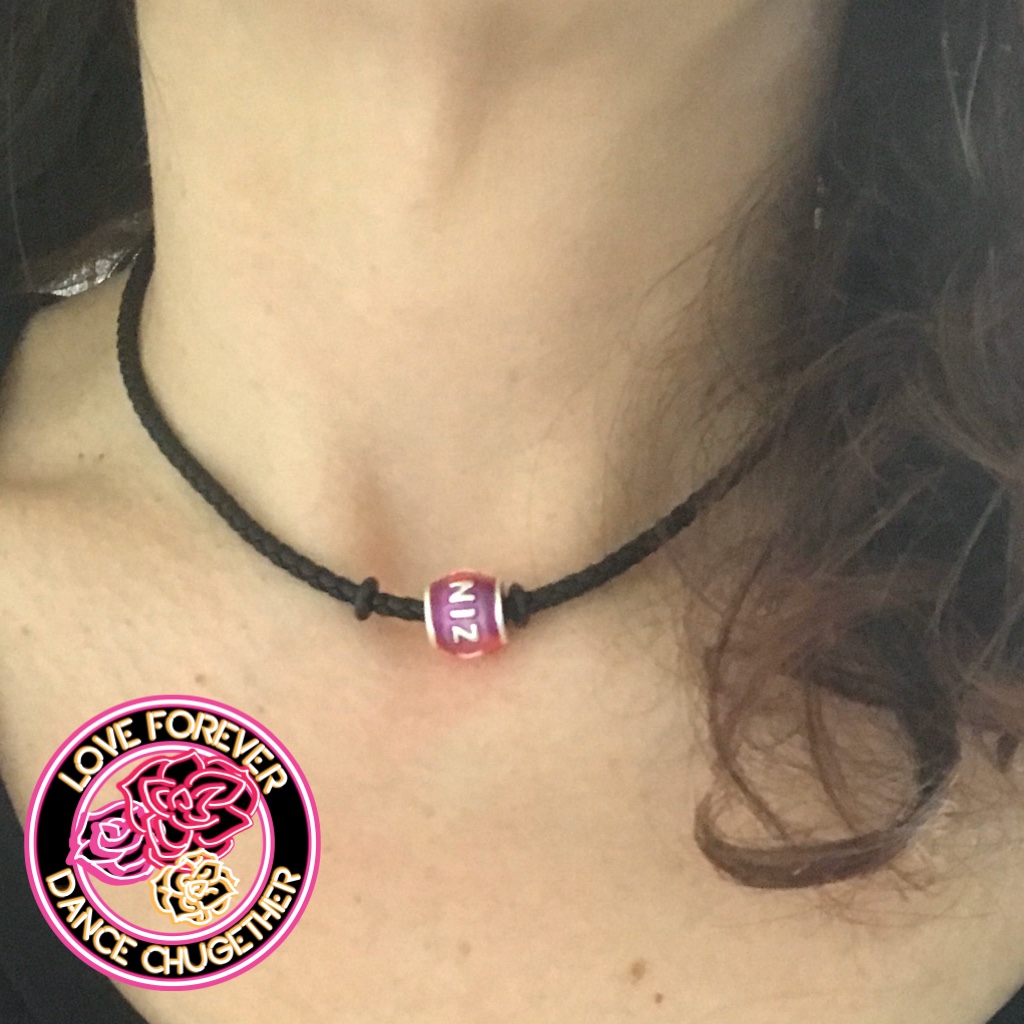
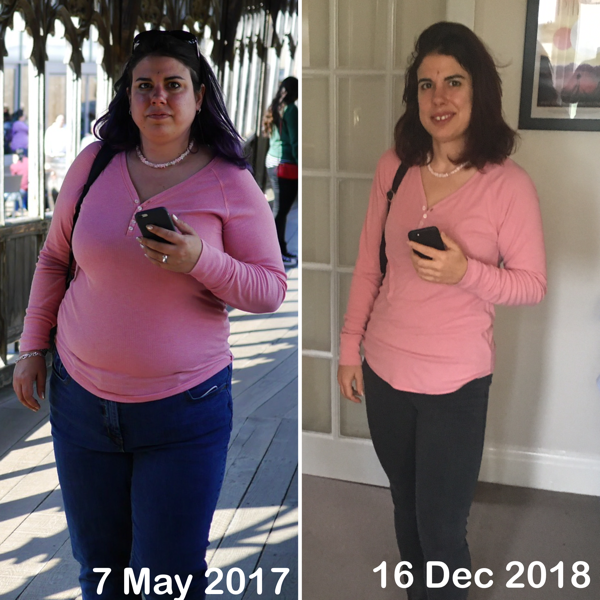
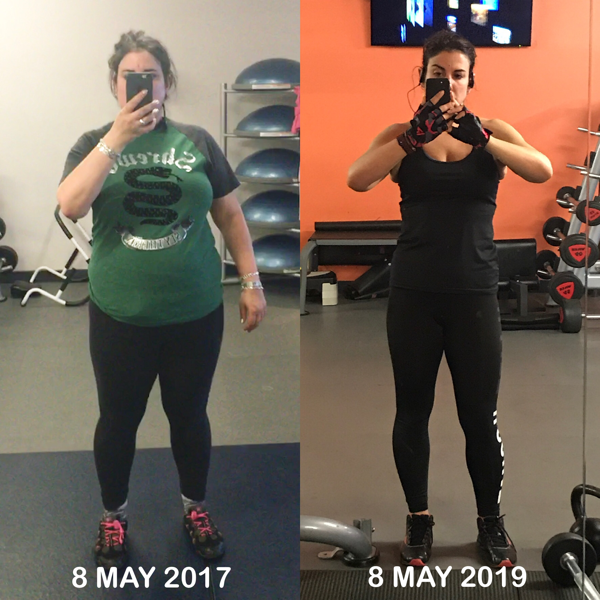
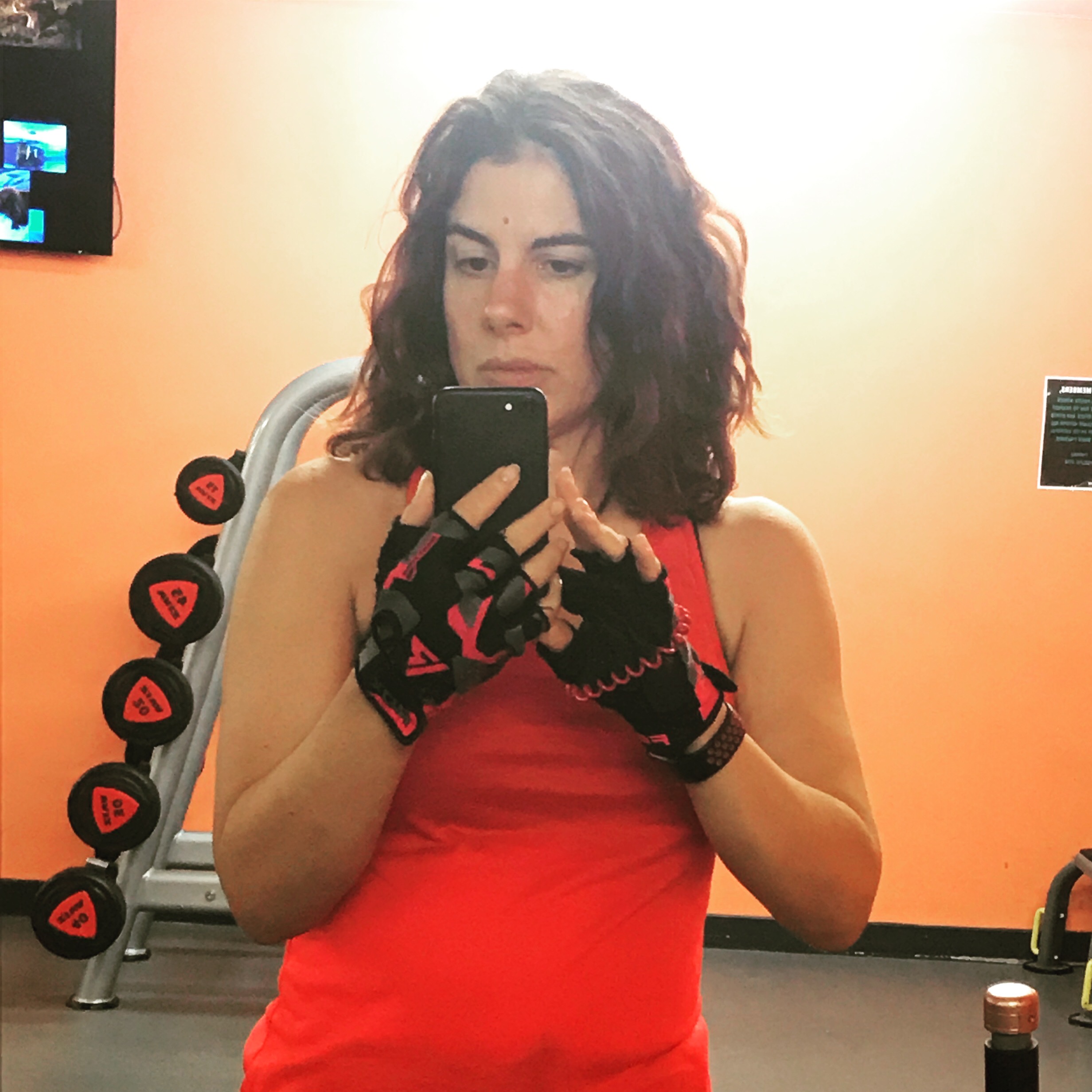
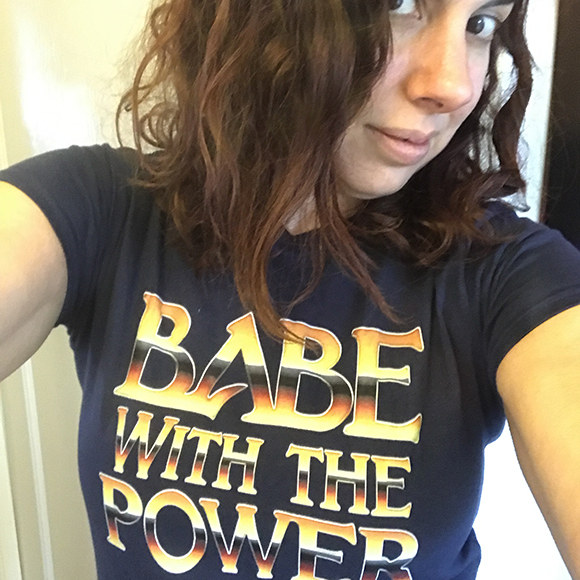


Health and safety in online Zumba classes
What is Zumba?
Zumba is a Latin-inspired, dance-fitness class that incorporates Latin and international music and dance movements. The four core rhythms you will find in any Zumba class are: cumbia, merengue, reggaeton, and salsa.
Zumba is an aerobic and anaerobic workout using intermittent training. Aerobic exercise stimulates the heart rate and breathing rate to increase in a way that can be sustained for the exercise session. In contrast, anaerobic ("without oxygen") exercise is activity that causes you to be quickly out of breath, like sprinting or lifting a heavy weight. Due to the varying intensities of the rhythms and songs, the Zumba program allows for varying intensities of work and recovery.
Is Zumba safe for me?
Before beginning Zumba, as with any new exercise program, you should check with your doctor. If you are pregnant or have a major cardiovascular, pulmonary or metabolic condition, traditional Zumba may not be right for you. Consider taking Aqua Zumba or Zumba Gold, a low-impact version instead.
People who have existing knee, hip or ankle problems should be careful and check with their doctor to modify the dance routines by avoiding jumps or swivelling hip movements.
How can I enjoy Zumba safely?
Enjoy your Zumba exercise and prevent injuries by following these safety tips:
-
Choose the right shoes: Choose thin-soled sneakers, dance shoes or comfortable workout shoes without lots of tread to slow you down. Avoid running shoes, which are made for forward, not side to side, movement. Make sure to wear flexible shoes with the right amount of arch support.
- Find a licenced instructor: Find a licensed Zumba instructor in your area by visiting Zumba.com.
- Find the room to move: You need room to move. Make sure the room size is adequate for the number of dancers.
- Avoid the wrong floors: Find a class with hardwood floors instead of a makeshift Zumba studio often found in churches, school auditoriums or office buildings. Watch for wet floors from sweat, humidity and wet soles.
- Pace yourself: Make sure you warm up and stretch first. A good Zumba classes should start with a warm-up and end with a cool down. You can also warm up in advance and do further stretching afterwards.
- Drink water: You will sweat and can quickly become dehydrated. Bring a bottle of water and drink often. If you feel faint or lightheaded during your workout, stop.
I’m exercising in my house due to a worldwide pandemic and my county/city has instituted a lockdown. How does that change things?
Zumba.com now allows livestream trainings. These will be available through software such as Zoom or Microsoft Teams and soon through the dedicated Zumba studio app. However, you are not allowed to record these trainings. Please do not use this software to make or distribute recordings.
Exercising in your house presents certain challenges.
- Find a good space to move. You need about a metre square space at the minimum, more is better.
- Choose the best possible floor. Hardwood is best. Tile can be slippery. Carpet is not ideal but it is possible to dance on. Outside is also possible but watch out for slippery grass or decking and for hard stone floors.
- Remove as many obstructions as possible, push back those sofas and move the coffee tables out of the way.
- Watch out for hanging light fixtures! You may find yourself waving your arms enthusiastically. Watch out for any light fittings and picture frames or ornaments that you could dislodge or could fall on you or otherwise injure you.
- You will need to see the instructor’s feet but they do not need to see yours. Your instructor’s insurance may require them to see you during the class so keep your camera on.
- Don’t overdo it. You are keen to find a way to exercise but please remember your health comes first. Start gently and carefully, explore your space and get used to the class. Don’t get carried away unless you’re confident it is safe for you to do so.
- Your doctor probably has better things to do than certify that Zumba is safe for you. You must take ownership of your own health and self-certify that you are fit to begin a Zumba class based on your previous history of exercise and general state of health. Your instructor may ask you to sign a waiver to this effect.